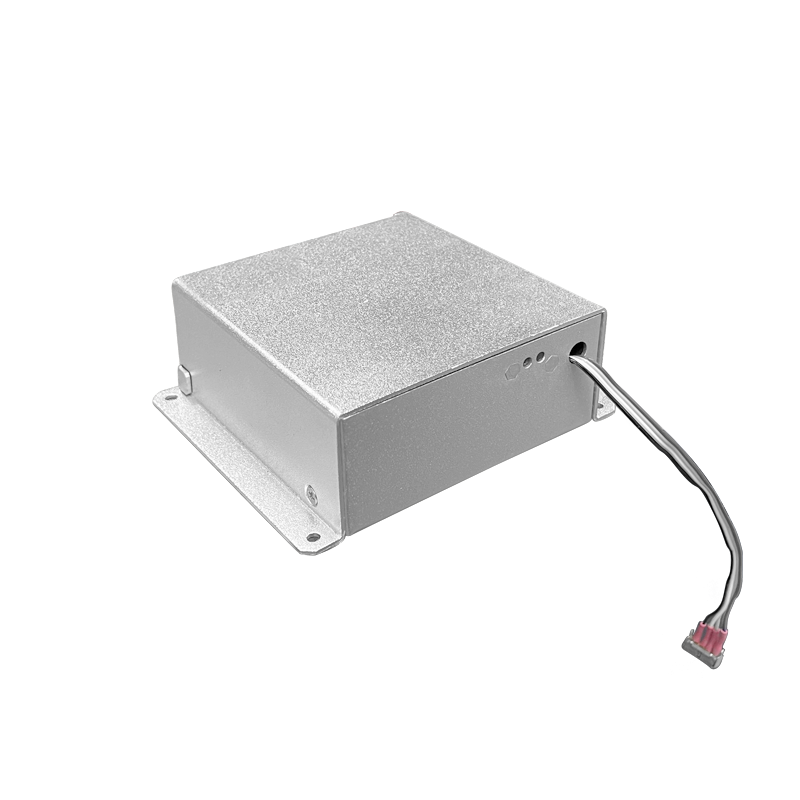High Voltage Power Supply Enhancing Annealing Process Efficiency
In the field of materials engineering, annealing remains a critical heat treatment process designed to relieve internal stresses, improve ductility, and refine grain structures in metals and alloys. The efficiency of this process is heavily influenced by the performance characteristics of the power delivery system, particularly when high-voltage sources are employed to drive resistive heating elements or induction coils. Traditional low-to-medium voltage supplies often suffer from limitations in current handling, thermal losses in cabling, and slower ramp rates, which collectively extend cycle times and increase energy consumption per batch.
High-voltage power supplies, typically operating in the range of several kilovolts, address these constraints by enabling significantly higher power transfer with reduced current for the same wattage. This reduction in current directly translates to lower I²R losses in the supply lines and within the furnace infrastructure itself. Engineers have observed that migrating from a 400 V three-phase system to a 10 kV direct feed can decrease line losses by more than 90 percent under identical power delivery conditions, provided that appropriate insulation and switching components are implemented. The practical implication is a marked decrease in the time required to reach and maintain target soak temperatures, especially in large continuous annealing lines where thermal inertia is substantial.
Another key advantage lies in the improved control granularity offered by modern high-voltage topologies. Solid-state switching devices capable of handling kilovolt potentials allow for pulse-width modulation at frequencies well above the thermal time constant of most workpieces. This capability permits precise energy dosing that follows optimized temperature profiles, minimizing overshoot and reducing the risk of grain coarsening that occurs during prolonged exposure to peak temperatures. In bright annealing of stainless steel strips, for instance, maintaining atmosphere integrity while achieving rapid heating has historically been challenging; high-voltage systems mitigate this by shortening the heating phase, thereby limiting the duration during which protective gas consumption is at its highest.
The stability of the arc characteristic in direct resistive heating applications also benefits enormously from elevated voltage levels. When electrodes are immersed in or placed near the workload, higher voltage sustains a more uniform plasma column or resistive path, preventing localized hot spots that lead to uneven microstructure evolution. Experimental trials on titanium alloys have demonstrated that increasing applied voltage from 500 V to 5 kV, while keeping total power constant through current reduction, yields a measurable decrease in hardness variation across the annealed section, often from ±15 HV to ±5 HV. Such uniformity is essential for subsequent forming operations where consistent mechanical properties are non-negotiable.
Furthermore, the integration of active power factor correction and harmonic filtering at the high-voltage input stage contributes to overall plant efficiency. Facilities operating multiple annealing furnaces can experience substantial reductions in penalty charges from utilities when the power factor remains above 0.95 even under varying load conditions. The inherent lower current draw also permits the use of smaller cross-section bus bars and transformers, resulting in capital cost savings during greenfield installations or retrofits.
Safety considerations, while always paramount, are managed through layered protection schemes that include fast-acting crowbar circuits, optical isolation for control signals, and grounded shielding enclosures. These measures ensure that the advantages of high voltage do not come at the expense of operational risk. Maintenance personnel report that diagnostic access to high-voltage modules is actually simplified when modular conversion stages are employed, as fault localization can be performed at lower voltage secondary sides without full system shutdown.
Energy recovery during the cooling phase represents an emerging opportunity. Certain high-voltage architectures incorporate regenerative front-ends that feed braking energy back into the grid when large inductive loads are rapidly ramped down. In continuous lines running 24/7, the cumulative effect of this recovery mechanism can offset a significant fraction of the total electrical consumption, particularly in processes characterized by frequent temperature cycling.
The scalability of high-voltage solutions proves advantageous when production demands increase. Rather than replacing entire low-voltage infrastructures, facilities can often parallel additional high-voltage rectifier stacks to meet higher throughput requirements with minimal disruption. This approach has been successfully applied in aluminum coil annealing plants transitioning from batch to semi-continuous operation, where the power system needed to support nearly double the original rating without major civil works.
Ultimately, the adoption of high-voltage power delivery in annealing processes reflects a holistic optimization that touches energy transfer physics, control theory, and operational economics. Facilities that have completed such transitions consistently report cycle time reductions ranging from 20 to 45 percent, depending on workpiece geometry and alloy system. These gains compound when viewed across an entire production year, delivering both environmental benefits through lower specific energy consumption and competitive advantages via enhanced throughput and product consistency.




















